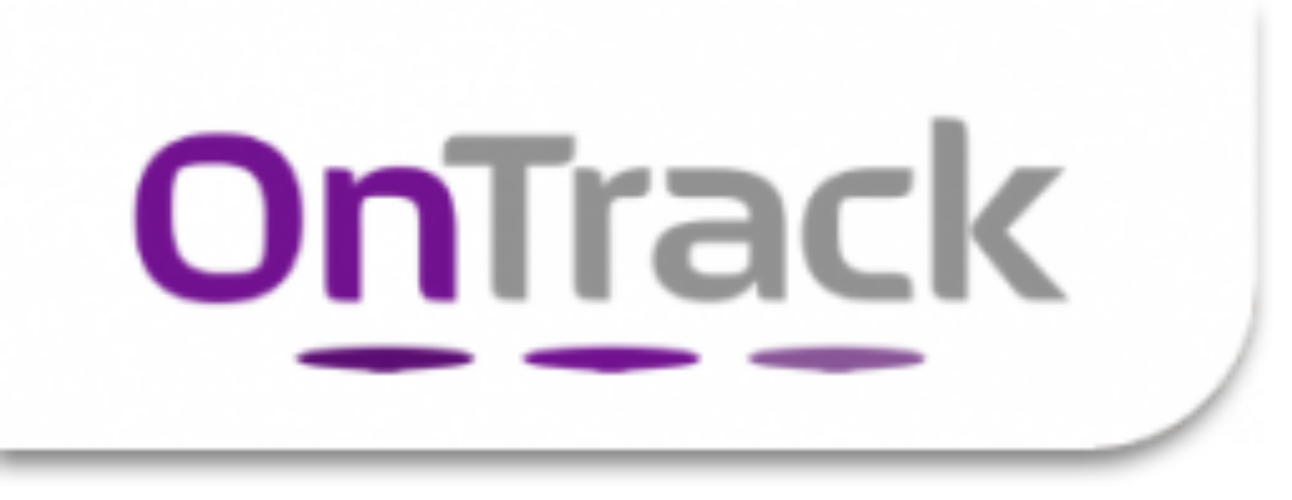The technological revolution continues at a pace and so does the appetite for digitalisation – whether that’s video calling a colleague overseas using your smartphone or ordering your weekly shop to be delivered to your home. Learning and development is no exception and as L&D professionals, it’s important that we are not left behind and become perceived as archaic by our customers and stakeholders. The 70/20/10 approach to learning in organisations continues to grow and as it does, we are seeing increased digitalisation across all three areas but in particular the 10% of more formal education.
Why is it important to develop a digital learning strategy?
The obvious reasons are time and cost. As budgets and peoples time become increasingly scarce, the need to offer development solutions that are accessible and enable people to grow on the go are increasing. Just in time and blended digital solutions that supplement and in some cases replace face to face support are on the increase. Also, as we are seeing more and more of the millennial generation entering the workplace, there is a need to deliver development in a way that will engage them. The days of learners reaching for a reference guide and/or manual are being replaced by tools such as TED talks, YouTube and Wikipedia. To be perceived as a credible function in their eyes, we need to think digitally when developing an L&D strategy.
What tools are out there?
There are lots of tools out there to choose from and spending our budget wisely is important to the successful implementation of any strategy and learner engagement. We must not be tempted to go for an expensive, highly technical solution that never gets used. When considering which tools will help us in our organisation, we should consider the following questions:
• What challenges is our organisation facing?
• What outcomes would solve these challenges?
• What tools would help with this?
Also, you can check out the following link to see what’s been popular in 2015 here. Alternatively, have a look at some of the learning methods OnTrack can offer here.
Carefully considering these questions helps us to make the right choices for our customers and enables us to spend our budgets wisely.
So how do we do it?
Think big and start small – carefully consider the why and what we will implement to ensure we are meeting the needs of our customers and stakeholders. Think about our customers and how to engage them. If we already have an LMS that nobody uses, throwing more money at it will not necessarily increase usage or engagement. Encourage senior people in our organisation to act as advocates for the solutions and be seen to use and promote them. Keep it simple, timely and relevant. Keep our content updated and consider including themes throughout the year to encourage people to come back to see what’s on offer. If they know new offerings will be available, they are more likely to come back to take a look.



